Weekly Reader: Precise and Priceless Views into the Past
June 12, 2022
In Jewish tradition women are often seen as the keepers of collective memory. While men are busy with the minutiae of the textual tradition, women pass down oral folkways from mother to daughter. In Yiddish, the language itself is feminized as mame-loshn, or mother tongue. All this is true, to a degree, but it is also a great simplification. Because as much as women can claim credit for oral tradition, they have contributed just as much to the literary and historical record of the Jewish people, particularly in Yiddish. In keeping with this year’s Decade of Discovery theme, “Women in Yiddish,” we’re taking a moment to celebrate some of those women writers and chroniclers whose efforts give us a precise—and priceless—view into the past.
—Ezra Glinter
Diary of a Lonely Girl
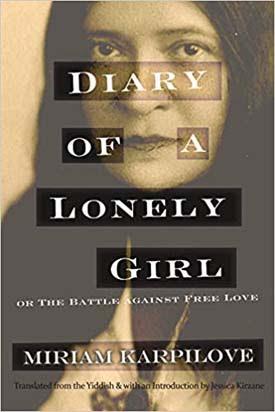
Miriam Karpilove’s Diary of a Lonely Girl, or the Battle against Free Love, was first published serially in the Yiddish daily newspaper Di varhayt from 1916 to 1918. The novel, framed from the point of view of a diarist writing about her own love life, explores issues of women’s empowerment and disempowerment around sexuality and politics and offers a snarky, melodramatic criticism of radical leftist immigrant youth culture in early twentieth-century New York. In this episode of The Shmooze podcast we talk with Yiddish professor and translator Jessica Kirzane, a three-time alumna of the Yiddish Book Center, who began working on this translation in 2017 as a Yiddish Book Center Translation Fellow.
Listen to a podcast with Jessica Kirzane
Who is Guilty?
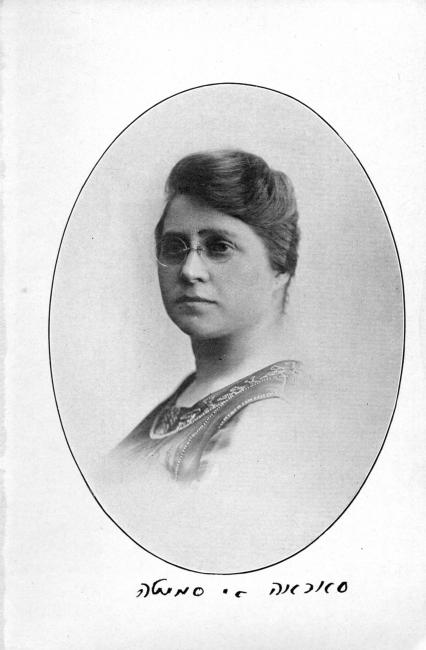
In 1919 an outfit called Literature Publishers released Who Is Guilty?, a collection of columns by newspaper reporter Sarah B. Smith, who covered New York City courtrooms. Due to the space constraints of a newspaper column, each story had to be short, and as Dan Setzer, the translator, notes, Smith had to paint her characters with a few deft master strokes to make us see them as whole individuals. Now these gripping columns have become an episodic radiocast from the Yiddish Book Center, read by celebrated actress Eleanor Reissa.
Listen to the Who Is Guilty? radiocast
Record of a Pogrom
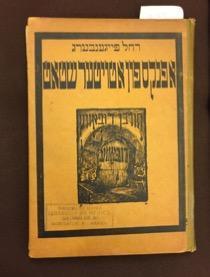
Of all the written accounts of pogroms in the Yiddish Book Center’s collection, we know of only one authored by a woman: Rokhl Faygnberg’s A pinkes fun a toyter shtot (khurbn dubove) (Chronicle of a Dead City: The Destruction of Dubove). Though the author was a survivor of pogroms, A pinkes fun a toyter shtot is not a personal account of her experiences. Instead, Faygnberg creates a record of a devastating 1919 pogrom in Dubove, and through this work exemplifies how a book can preserve the memory not only of its previous owner and its author but of an entire community.
Read about Rokhl Faygnberg’s book
Revolutionary Times
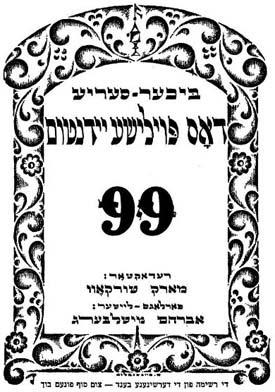
Puah Rakovsky, born into a rabbinic family in 1865 in Bialystok, broke with her traditional upbringing to become a professional educator, Zionist activist, and feminist leader. During her lifetime she witnessed the flourishing of a variety of radical political movements, the birth of Zionism, and the devastation of World War I. Her passionate autobiography, Zikhroynes fun a yidisher revolutsionerin (Memoirs of a Jewish Revolutionary), first published in 1954, offers a window into the life experience of East European Jewry in a period of massive social change. You can find the book in English, translated by scholar Paula E. Hyman, or you can read the original here.
Read Memoirs of a Jewish Revolutionary
A Grandmother's Treasures
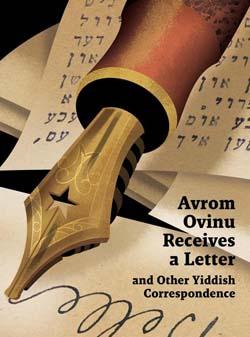
In 1922, Miriam Ulinover published Der bobes oytser (My Grandmother’s Treasure). This collection of poems, written in the aftermath of the Great War’s violence, brings into focus the vanished world of an old woman and her small granddaughter living in a shtetl filled with tradition and faith. Utilizing a folklike idiom and stanza form, Ulinover creates a tension between the old-fashioned wisdom of the grandmother and the losses experienced in modern times by her granddaughter. A modernist in the guise of a naïve religious “yidishe tokhter,” Ulinover draws attention to the futility of writing and reading—to the script and the very paper, ink, envelope, and stamps that embody the emotional costs of trying to communicate in troubled times.
Fifty Years of Justice
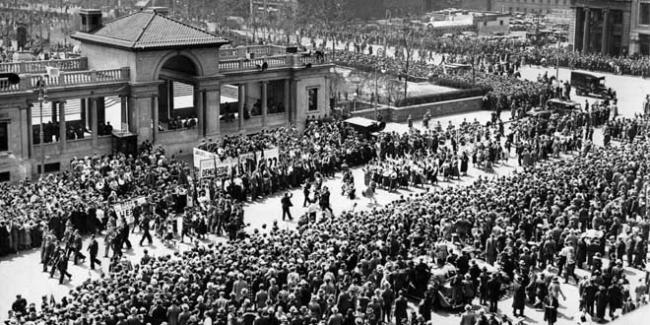
Justice was the weekly journal published by the International Ladies’ Garment Workers’ Union (ILGWU). ILGWU, founded in 1900, was one of the largest labor unions in the United States and one of the first with a primarily female membership. At its peak, it had 450,000 members. In 1995, ILGWU merged with the Amalgamated Clothing and Textile Workers Union to form the Union of Needletrades, Industrial and Textile Employees (UNITE). This collection, presented in partnership with the Kheel Center for Labor-Management Documentation and Archives at Cornell University, includes scanned copies of the Justice journal published between 1919 and 1969.
